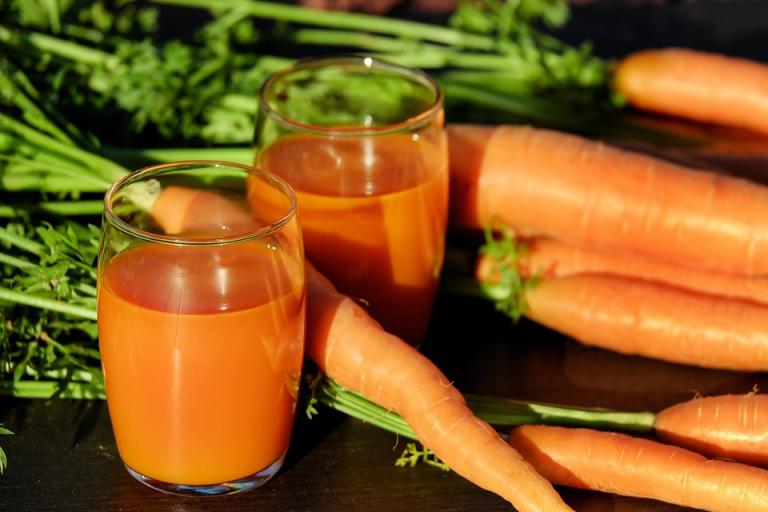
How much would you pay for a glass of juice, to be consumed in your own home?
You might think I’m asking about the difference in socio-economic class between those who drink OJ from concentrate, bought from the freezer aisle and mixed at home, vs. ready-made in the refrigerator section, or non-from-concentrate, or maybe organic OJ, which I presume specialty grocers sell. Or maybe it’s a question of whether you scrutinize your apple juice to see if the apples come from China or not.
But actually, today I learned that there’s a start-up that aims to be the Keurig of juices, with single-serving packets of organic juice, from in-season vegetables (e.g., kale, carrot), shipped on a subscription basis, meant to be prepared in a $400 machine, with a QR code that tells you the farm from which the produce originated and whether the items have lost their freshness (they last a week).
For $7 a serving.
You can mock this in all kinds of ways, not least of which is the fact that the packets can actually be squeezed by hand without the machine. Bloomberg reports that its purveyors consider this to be the “wave of the future” in the same manner as people have home-delivery services for meals (Hello Fresh, Blue Apron, and the others that show up as facebook ads), razors, etc. Silicon Valley apparently is wholly detached from reality.
But, seriously, some time ago, there were articles floating around about income inequality and it’s comparative (lack of) significance compared to prior generations — that is, the fact that, in many respects, the relative difference in standard of living between two people of different income levels is not all that great. One might have a beater of a car, the other the latest luxury vehicle — but both get you where you need to be. One buys clothes at Wal-Mart, the other at Saks, but both are sufficiently well-clothed, in terms of protection from the elements. One buys “normal” food, the other organic. And so on — that is, to a great extent, differences in consumption are a matter of status purchases, rather than tangible differences that affect quality of life.
And if some fools think it’s “normal” to pay $7 per serving of juice, then, well, a fool and his money are soon parted, right?
But, besides this, well, you all know I’m really more an armchair economist than a professional, right? Because what I’m thinking about is this: yes, there are all kinds of ways in which the truly wealthy have things that the rest of us don’t, but are also all kinds of ways in which they spend their money without getting anything meaningful in return. You might say that this is a sort of price-discrimination, in which the rich pay more for their stuff than the poor do, without gaining anything from it, except that it keeps money in circulation. It almost seems as if this is not just a matter of how society works, but almost a necessary feature of our modern economy, and that the trick to keeping everything going in a more automated future, is to delude the wealthy into buying ever more foolish purchases that keep them spending money that goes into the pockets of those less wealthy than they are.
Readers, thoughts?
Image: https://pixabay.com/en/carrot-juice-juice-carrots-1623157/

















